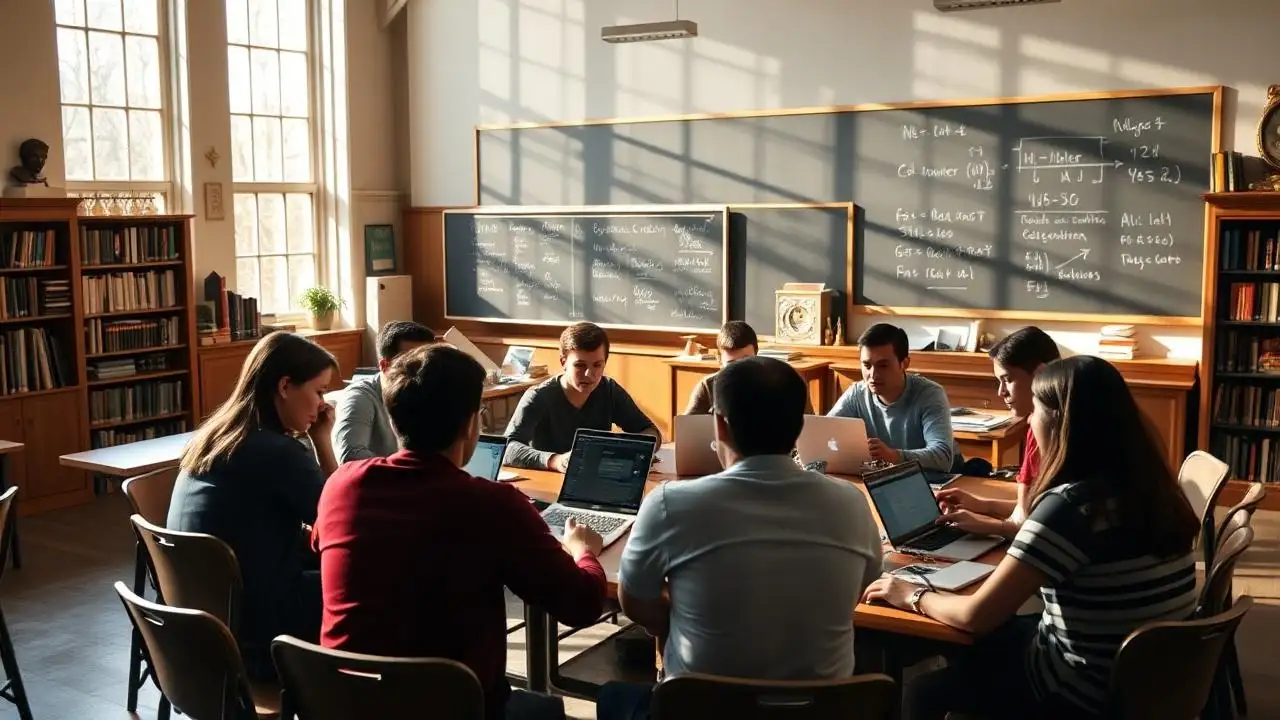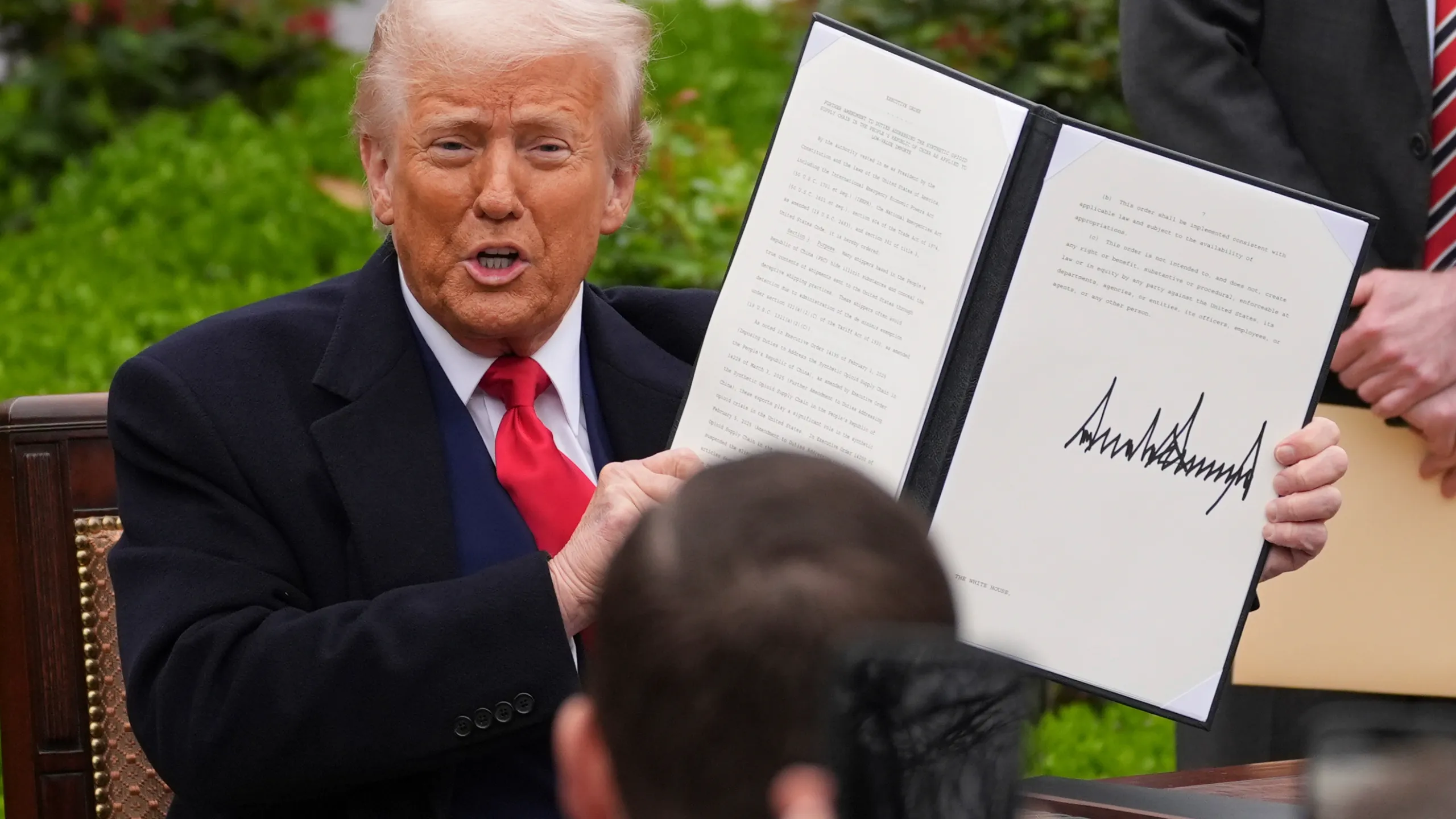
The Rising Questions About Scholarship Eligibility
In recent years, top-tier universities across the United States have found themselves under the spotlight, facing increasing scrutiny over their scholarship policies and the criteria used to determine eligibility. While scholarships are designed to promote equity and support deserving students, reports and investigations suggest that the reality might be more complex. This controversy raises pressing questions: Who qualifies for these scholarships? Are the current eligibility criteria truly reaching the students most in need, or are they being exploited by a privileged few? To understand these concerns, it is essential to explore the multiple facets that contribute to this ongoing debate.
Understanding the Scholarship Landscape at US Universities
Types of Scholarships and Their Intended Goals
US universities offer a diverse array of scholarships, ranging from merit-based awards to need-based support. The primary goal of these financial aid options is to foster diversity, promote academic excellence, and provide opportunities for students from various socioeconomic backgrounds. However, the allocation process often involves complex eligibility criteria, which may inadvertently favor certain groups over others.
- Merit-based Scholarships: Typically awarded for academic achievement, leadership, or extracurricular accomplishments.
- Need-based Scholarships: Determined through assessments of financial need, often requiring extensive documentation.
- Specialized Scholarships: Target specific demographics, such as minority groups, athletes, or students pursuing particular fields.
Challenges in Defining “Eligibility”
While these scholarship categories aim to be inclusive, defining “eligibility” is far from straightforward. For instance, merit-based awards may favor students with access to elite preparatory schools or extensive extracurricular resources, which are more readily available to privileged backgrounds. Conversely, need-based aid relies heavily on financial disclosures, which can be manipulated or incomplete, further complicating the assessment of true eligibility.
The Controversies Surrounding Scholarship Qualification
Disparities and Exploitation
Recent investigations and reports, such as those highlighted in the Times of India, have pointed out significant disparities in how scholarship eligibility is determined and who truly benefits from these initiatives. The core concern is that many deserving students may be left behind due to opaque processes or systemic biases.
Case Studies and Allegations
Across various universities, allegations have surfaced involving:
- **Manipulation of eligibility criteria** to favor certain applicants.
- **Lack of transparency** in how scholarship recipients are chosen.
- **Potential misuse** of need-based aid by students from affluent backgrounds.
Such issues undermine the original purpose of scholarship programs and threaten their integrity.
Factors Contributing to the Eligibility Concerns
Systemic Socioeconomic Inequities
One of the persistent issues is that existing scholarship frameworks often inadvertently perpetuate societal inequalities. Students from affluent backgrounds have access to better education, test preparation resources, and extracurricular opportunities, providing an unfair advantage in merit-based selections. Meanwhile, students from less privileged backgrounds may lack the means to meet eligibility criteria, even if they are more deserving.
Inconsistent Criteria and Policies
Universities often have varied standards for awarding scholarships, and these policies can be inconsistent or inadequately communicated. This inconsistency can lead to confusion and potential exploitation, where applicants manipulate disclosures to meet eligibility standards.
Administrative and Review Challenges
Evaluating eligibility requires meticulous administration and review processes. Overburdened administrative bodies may resort to shortcuts or overlook conflicts, leading to scholarship awards that are less transparent and less equitable.
Addressing the Concerns: What Can Universities Do?
Enhancing Transparency and Accountability
Institutions need to implement clear, standardized criteria for scholarship eligibility and ensure transparent communication with applicants. Regular audits and external reviews can help detect and prevent misuse or bias.
Refining Eligibility Assessments
Developing more nuanced methods of assessing both academic merit and financial need can help ensure that aid reaches those who need it most. For example, integrating community-based assessments or contextual evaluations can provide a fuller picture of a student’s circumstances.
Encouraging Broad and Inclusive Policies
Universities should strive to design scholarship programs that are inclusive, considering diverse backgrounds and experiences. Special initiatives aimed at underrepresented and marginalized groups can help bridge existing gaps.
Looking Forward: The Future of Scholarship Distribution
Given the widespread concerns, there is a growing call for reform within the higher education sector. More innovative approaches—such as income-based scholarships, peer reviews, and the use of technology for transparent applications—are being explored to improve fairness. Building an equitable scholarship system is not only critical for social justice but also for fostering a diverse and talented student body that truly reflects society.
Conclusion: Striving for Fairness and Transparency
The questions surrounding scholarship eligibility at leading US universities echo a broader societal conversation about fairness, justice, and opportunity. To uphold the integrity and purpose of these financial aids, institutions must prioritize transparency, fairness, and inclusivity. Only then can scholarships truly serve as a bridge to opportunity rather than a tool for perpetuating inequality.
For more updated news please keep visiting Prime News World.








